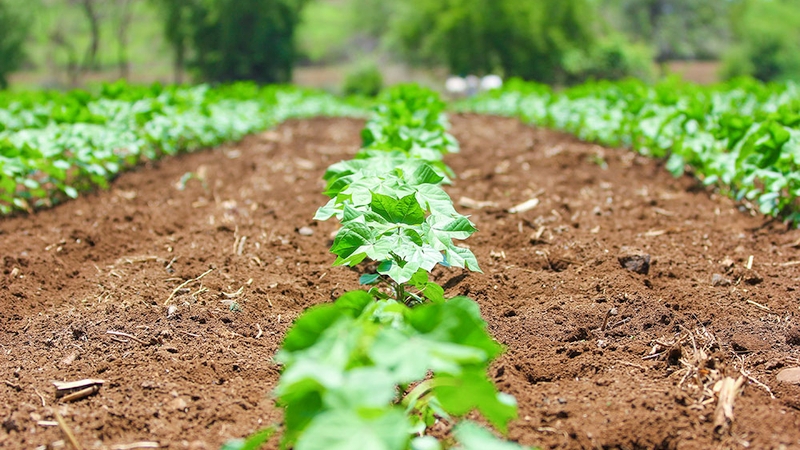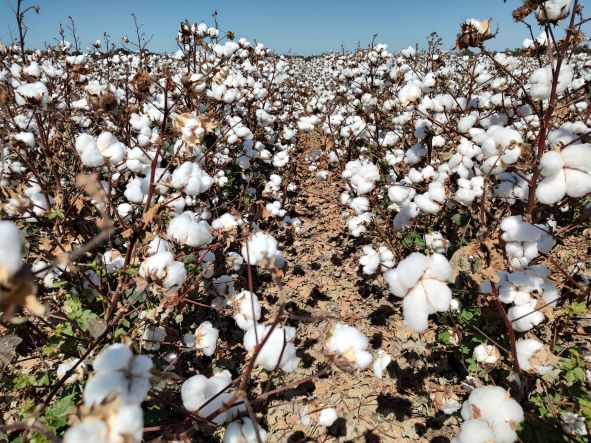Brazilian Cotton Market To Recover From Pest Outbreak In 2013/14
The Brazilian cotton industry suffered in the 2012/13 season primarily due to a 37% decrease in planted area, compared to the 2011/12 totals. We went from 1,393,739 hectares (ha) to 869,887 hectares, which obviously resulted in adjustments to our production. It’s the result of normal market demand and, fortunately, Brazilian producers have the option of planting corn and soybeans, which were more profitable this year.
As for the cotton difficulties, Brazil suffered heavy damage from one particular pest, Helicoverpa armigera, which had never before been identified in Brazil.
The pest destroyed crops mainly in the state of Bahia, Brazil’s second largest producer, but also in Piauí, Maranhão, Mato Grosso, Goiás, Paraná, São Paulo and Minas Gerais.
State Of Emergency
The caterpillar led the Brazilian government to declare a state of emergency. It not only attacks the cotton crop, but also soybeans, corn, sorghum and beans, among others. ABRAPA estimates that the damage caused by the attack of Helicoverpa is about $6 billion.
ABRAPA was always present, especially with the Ministry of Agriculture and other relevant government bodies, so we could declare a state of emergency and release the use of chemicals that are already being used in other developed nations to fight the plague. Brazil now has a new law that allows us to have security for the next crop. Without an efficient fight against this unexpected plague, the whole Brazilian 2013/14 crop would be at risk.
Despite this setback, cotton has not lost its importance in the world market. The 2012/13 harvest reflects only the situation at the moment: relatively low prices and lower demand, especially from China, the largest buyer of cotton in the world, which has estimated stocks at 6 million tonnes in the last harvest.
The new season technically started in late July, but plantings won’t begin until January. The new year presents a new scenario: higher prices in the international market, as well as the promise of a new minimum price paid by the Brazilian government (which should be closer to the real costs of the cotton farmer). As a result, we expect to see renewed growth in cotton’s planted area in Brazil. ABRAPA has worked steadily to ensure the producer has the best planting conditions, fiber quality, contract compliance and sustainability.
For the 2013/14 harvest, we expect growth of 22%, reaching 1,063,041 ha with a production of 1,640,698 tonnes, representing an increase of 30% compared to the previous harvest. The average productivity should also climb and reach approximately 1,431 kg/ha. The estimate for the cost of production is expected to increase 6.97%, from $2,276 of the 2012/13 season to $2,434 in 2013/14.
Cotton will remain one of the most widely used fibers in the world and Brazil will continue to be one of the top producers and exporters. Our position has been achieved with great effort, and with more work we will maintain it. The future of Brazilian cotton is promising and our fields are becoming whiter.









